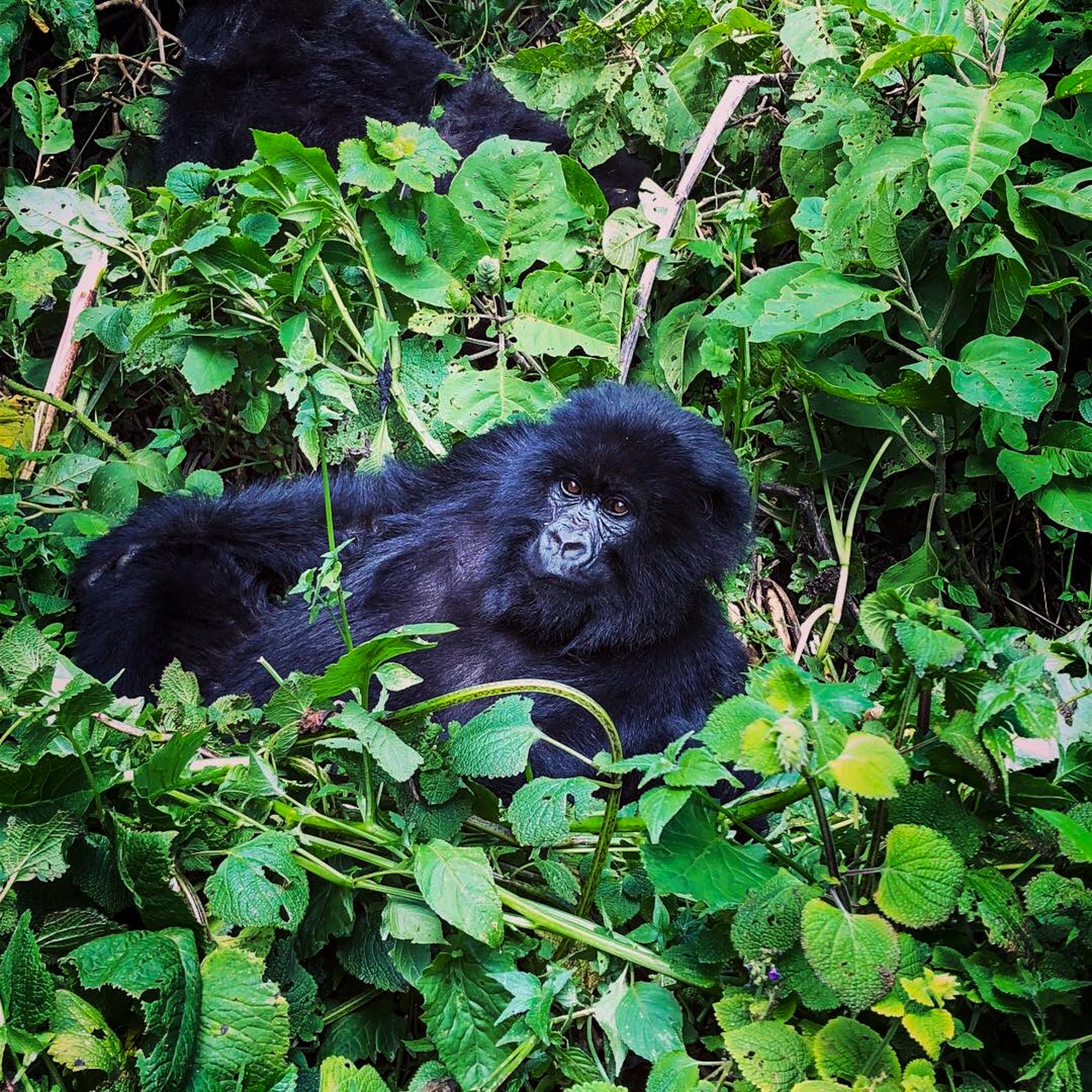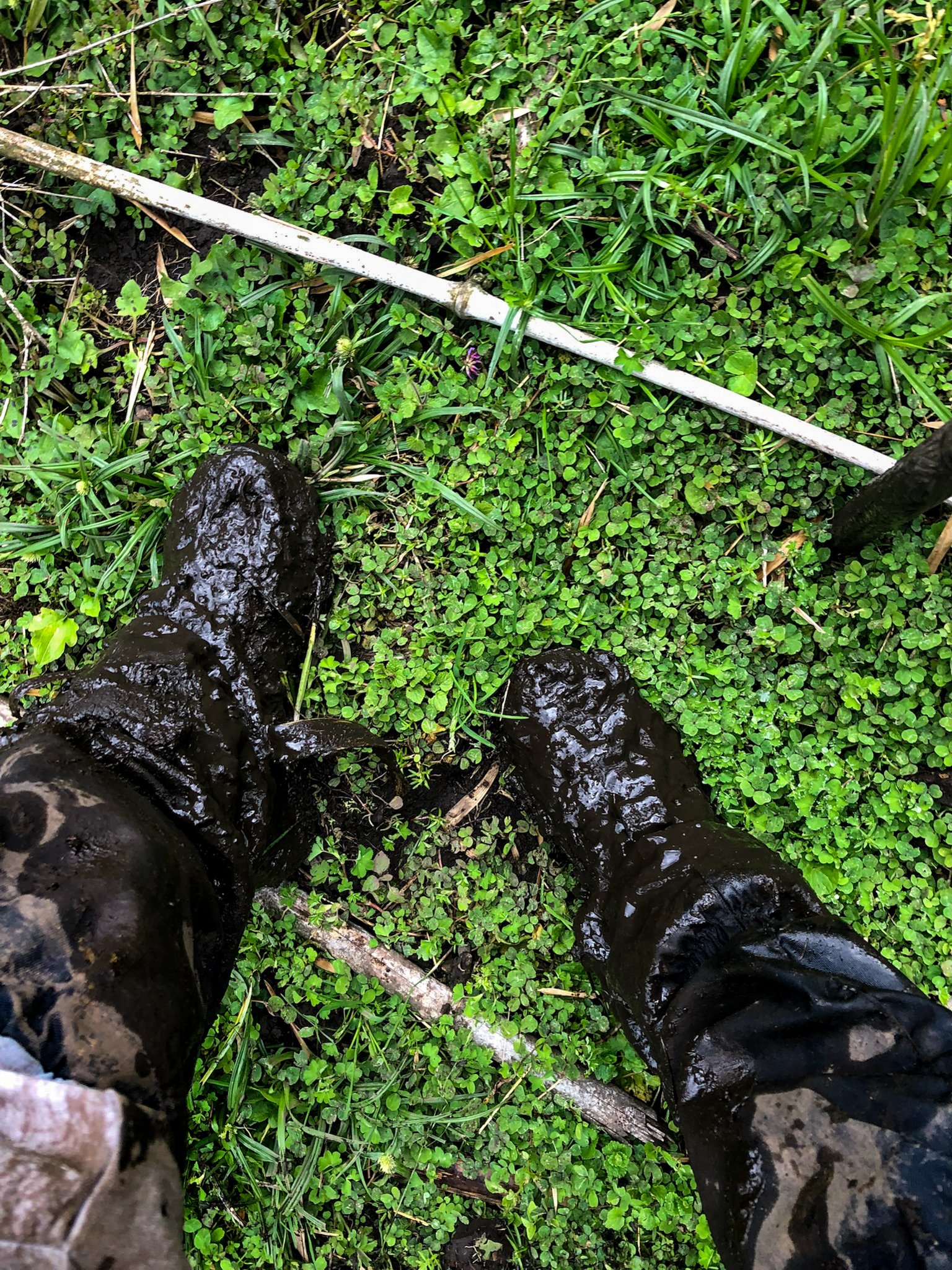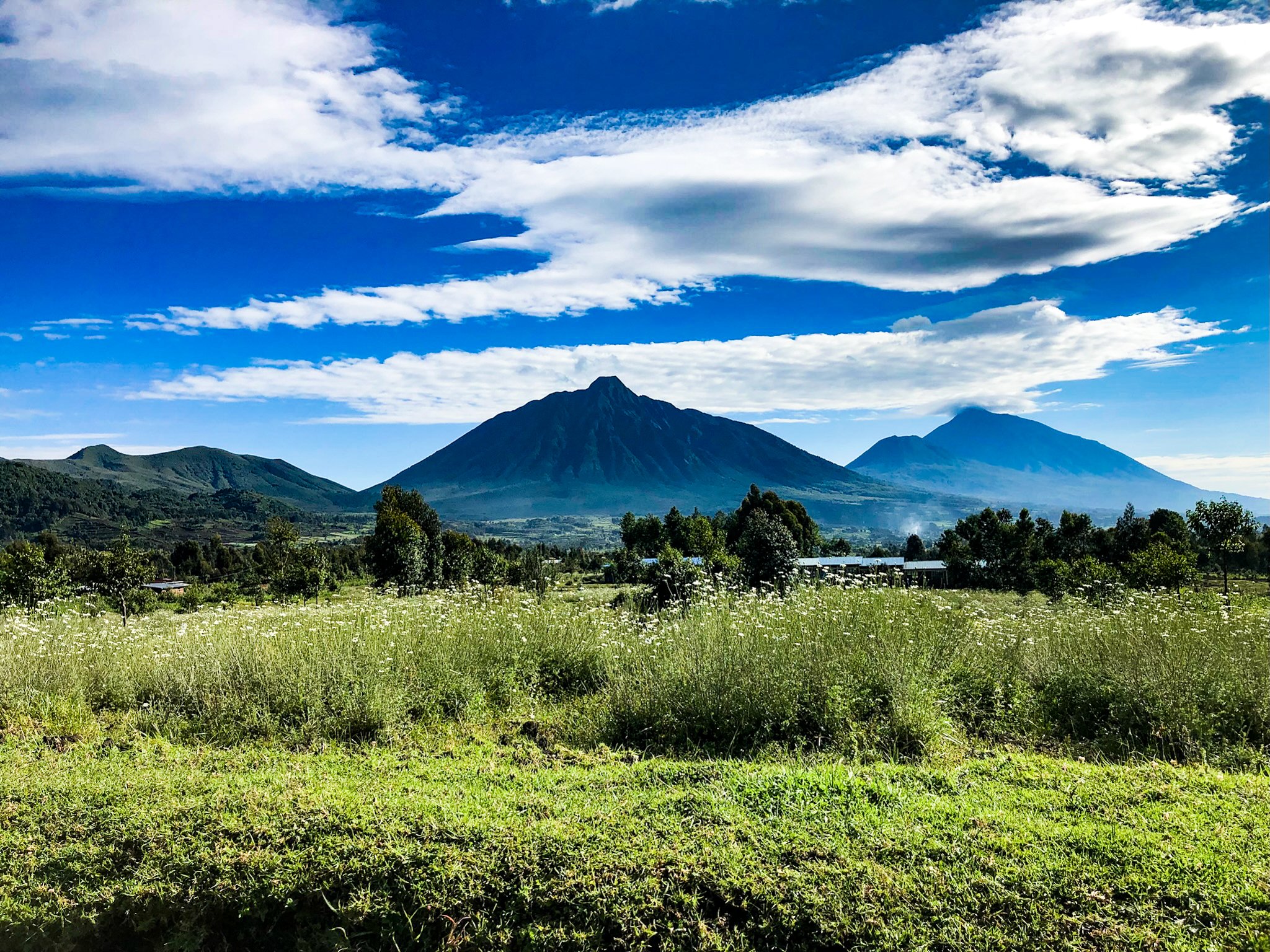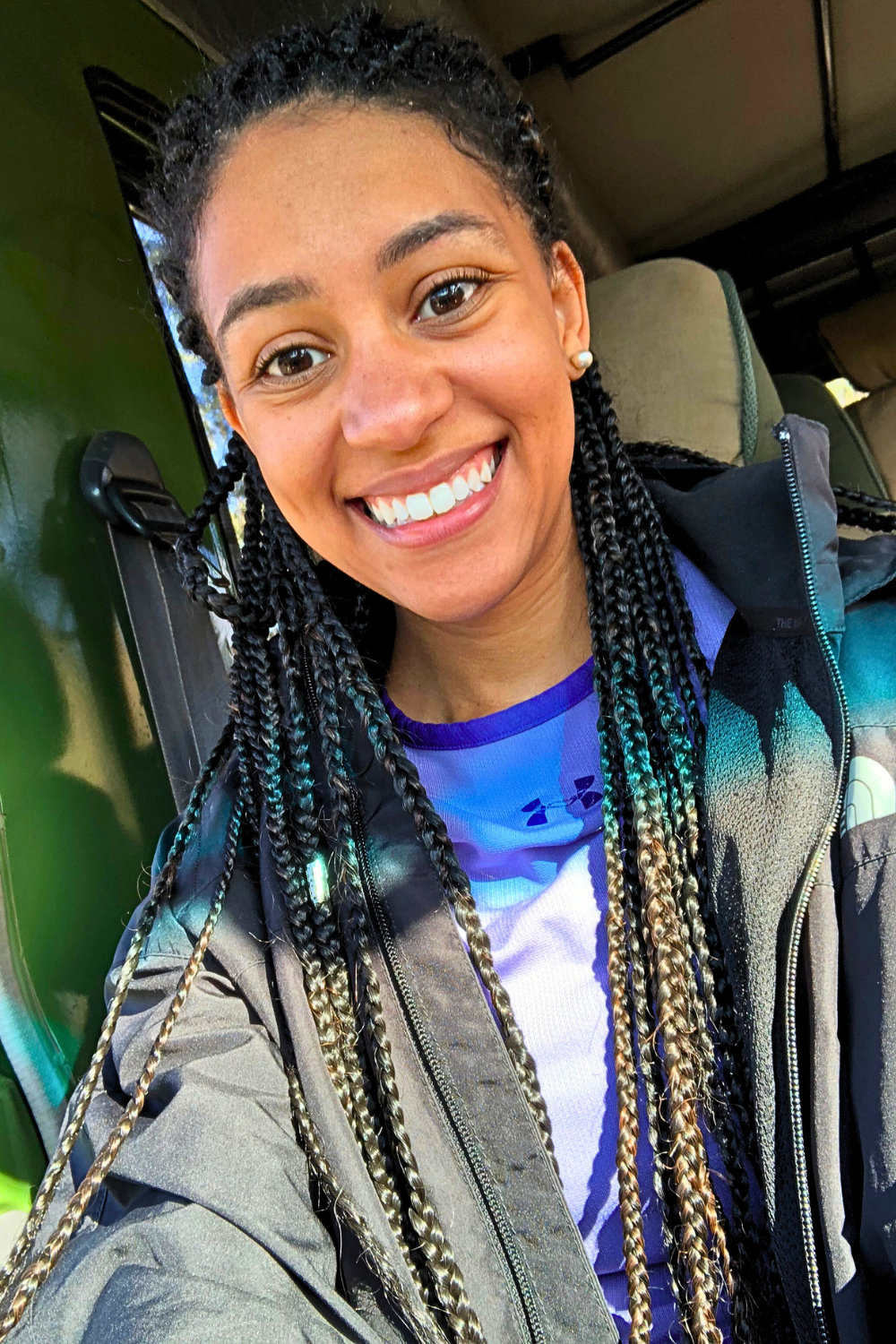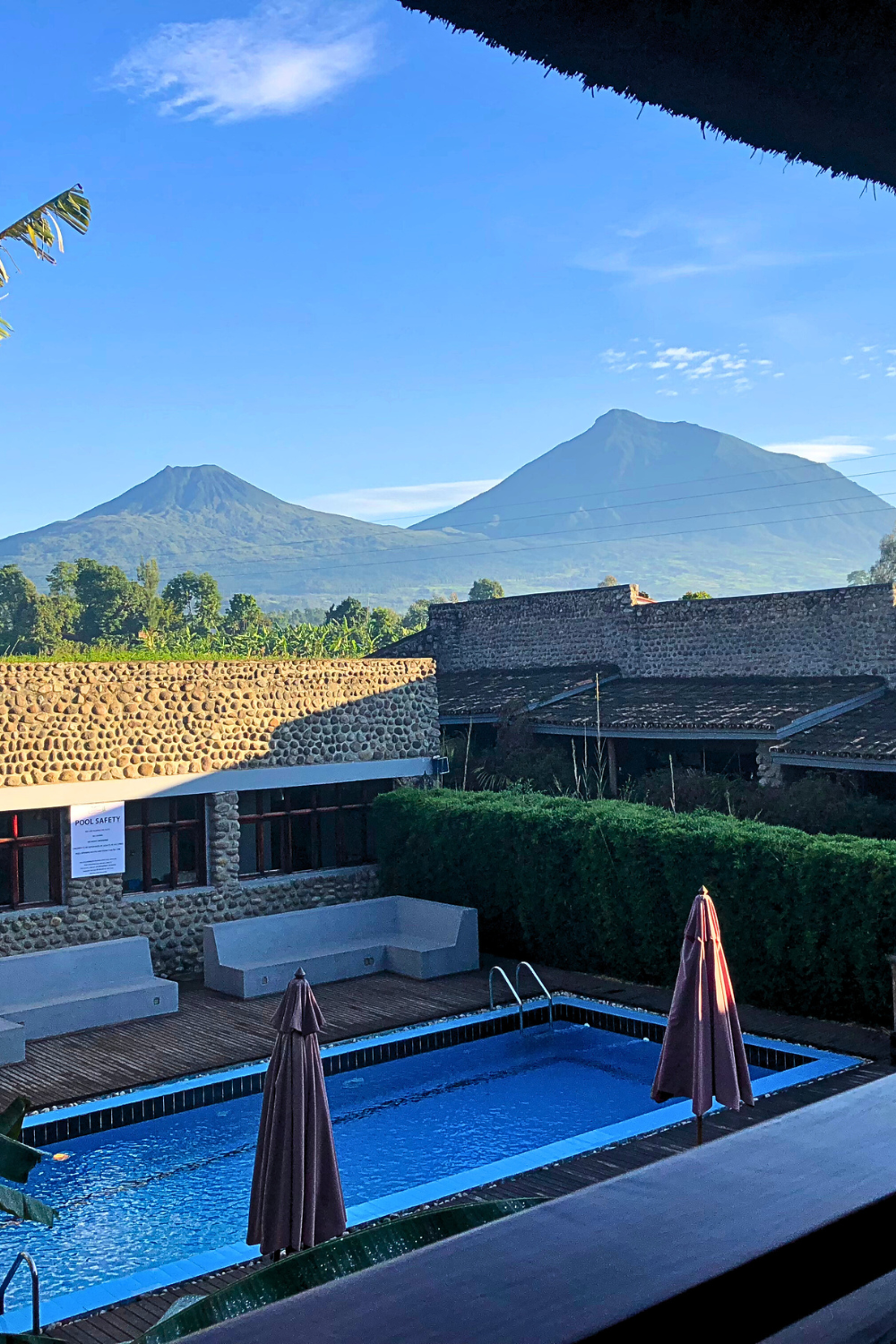Gorilla Trekking in Rwanda: Everything You Need to Know
Imagine standing in the heart of Rwanda’s misty jungle, sweat dripping down your back, when a massive silverback casually strolls past—giving you a look that says, ‘Welcome to my world.
Ever wondered what it’s like to lock eyes with a 400-pound silverback in the middle of a lush Rwandan jungle? Spoiler: It’s nothing like your average zoo visit. Gorilla trekking in Rwanda is one of the most exhilarating, awe-inspiring, and let’s be honest—slightly exhausting—adventures you can experience. If you’re a traveler looking for a bucket-list-worthy trip that’s equal parts adventure and exclusivity, this is it.
My Personal Gorilla Trekking Experience: The Moment I Knew I Wasn’t in Maryland Anymore
When I found out I was going to Rwanda for a conference, I immediately knew I HAD to add on Gorilla Trekking. I mean when else was I going to get this opportunity. So I booked a trip to Akagera National Park (also fantastic) and Gorilla Trekking in Volcanoes National Park.
I stayed overnight at the Five Volcanoes Hotel which offered a beautiful view of the volcanoes. The day started early—5:00 AM to be exact. Armed with a packed breakfast, enough DEET to ward off an army of mosquitoes, and my mother’s hiking boots (thank you momma), I set out for Volcanoes National Park with my driver. After a briefing by the guides (where I was reminded not to make direct eye contact with an gorilla unless I wanted to start an interspecies feud), our small group of eight trekkers ventured into the dense forest. We were accompanied by a guide who was a gorilla expert, a ‘security person’ who carried a riffle (which apparently was just for the water buffalo who can get quite aggressive if you come across them in the hike- great another animal to worry about), and a few porters that were optional to hire to carry your bags. Our guide cut his way through the jungle as we stumbled along behind him trying not to trip in the mud or get hit by a branch.
Within an hour and a half of trekking through misty, vine-covered terrain, we stumbled upon a gorilla family lounging in a clearing. A baby gorilla tumbled playfully as its mother kept a watchful eye. And then, the alpha— a silverback—slowly turned his gaze toward us. It was a humbling, borderline spiritual moment. No Wi-Fi, no distractions—just raw, unfiltered connection with nature’s most majestic primates.
If I had to describe it? It’s like being in a National Geographic documentary, except you’re sweating through your hiking boots and questioning why you didn’t hit the gym before this trip.
What to Know Before You Go
Before you start daydreaming about your gorilla encounter, here’s what you need to know:
1. You Need a Gorilla Trekking Permit (And It’s Not Cheap)
Rwanda strictly controls gorilla tourism to protect these incredible animals. A permit costs $1,500 per person, and they sell out months in advance. Book as early as possible through the Rwanda Development Board or a trusted travel advisor (hi, that’s us!). Also a pro tip, if you combine gorilla trekking with another national park in Rwanda, you can get a discount on the permit.
2. Gorilla Families Are Assigned Based on Fitness Level
Not all treks are created equal. Some groups reach gorillas within 30 minutes, while others endure a 5-hour jungle workout. If you’re not about that hardcore trekking life, let your guide know—there are easier groups to visit.
3. You Only Get One Hour with the Gorillas
Once you find them, park regulations allow a strict 60-minute viewing window. This is to minimize human impact, so make every moment (and photo) count.
4. Expect to Get Dirty
This isn’t a cute nature walk. You’ll be climbing through dense vegetation. Mud? Oh, you’ll become one with it.
5. It’s a Year-Round Activity, But Dry Season is Best
Gorilla trekking happens year-round, but the dry seasons (June–September & December–February) offer the best conditions. Rainy seasons can mean muddier trails and a bit more effort (trust me I know!).
How to Prepare for Your Gorilla Trek
1. Train Like You Mean It
You don’t need to be an Olympic athlete, but some pre-trip hiking or stair workouts will make your trek more enjoyable. Trust me, your legs will thank you.
2. Pack Smart
Here’s a quick packing list of must-haves:
Sturdy Hiking Boots – Ankle support is key.
Waterproof Jacket – The weather changes fast.
Camera (Without Flash) – No flash photography allowed!
Plenty of Water – You’ll need the hydration. I got one of those hydration backpacks which was great.
3. Respect the Gorillas and Their Habitat
Follow the rules: maintain a 7-meter distance, don’t make sudden movements, and if a gorilla charges, stay calm (easier said than done, but the guides will brief you on what to do). Follow exactly what your guide says to do- if he says back up… BACK UP.
4. Book a Luxury Lodge for Post-Trek Relaxation
After a long day of trekking, you’ll want to unwind in style. Consider staying at One&Only Gorilla’s Nest or Bisate Lodge—both offer stunning views, five-star amenities, and gourmet meals that will make you forget all about those sore muscles.
Is Gorilla Trekking in Rwanda Worth It? (Spoiler: Absolutely.)
If you’re looking for a once-in-a-lifetime experience that makes you feel connected to the natural world in a way few things can, this is it. It’s not just a wildlife encounter; it’s a lesson in conservation, a physical challenge, and a memory that will stay with you forever. Plus, where else can you say you had a staring contest with a gorilla and lived to tell the tale?
Thinking about planning your own gorilla trekking adventure? Let’s make it happen!


